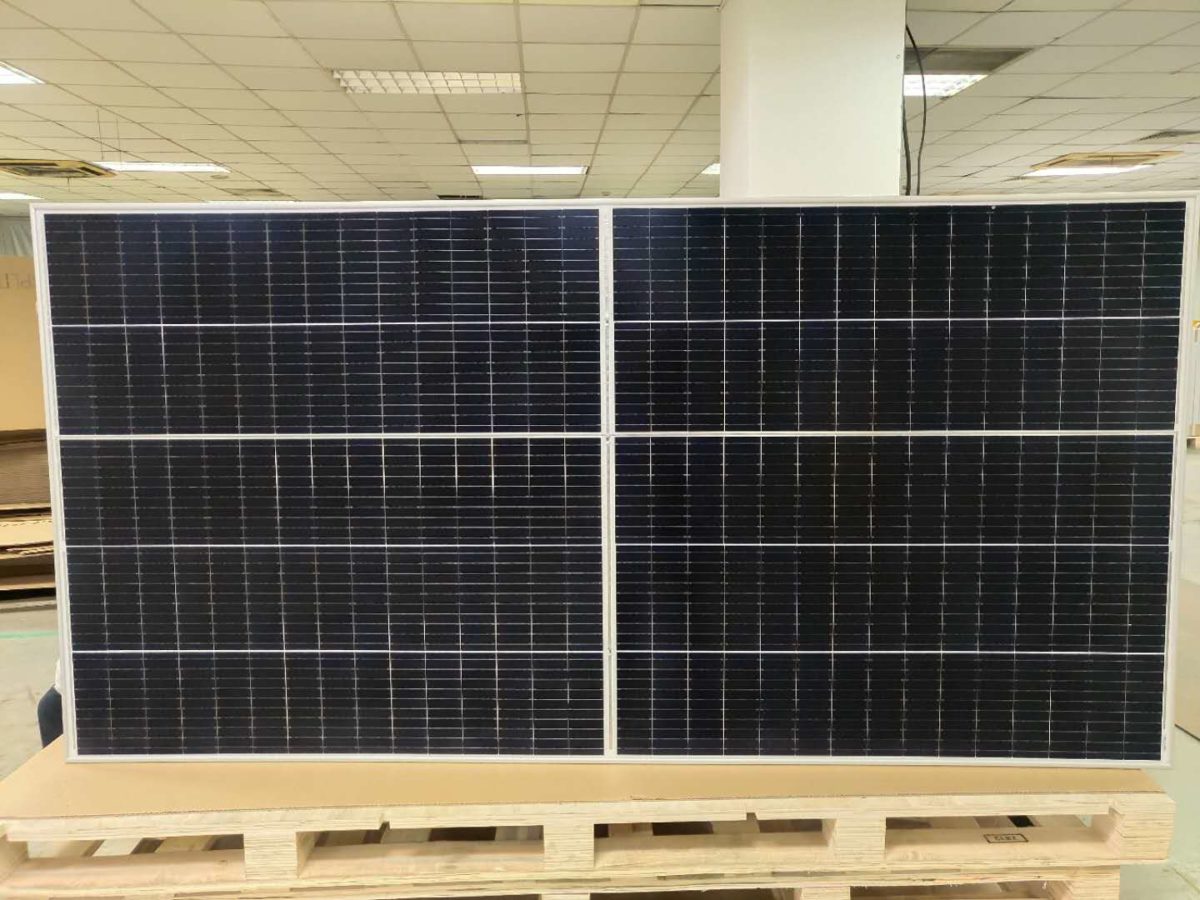The rapid appearance of larger format modules, with power ratings at 600 W and above is already being termed a ‘new era for the solar industry’ by some. And working with these technologies certainly does raise concerns at both module and system level.
These concerns were addressed in a pv magazine webinar earlier in September, held in partnership with Trina Solar. The experts at Trina Solar took the time to answer some of the audience questions that we didn’t get to during the webinar.


You mention that “conventional” modules will disappear, but what about the residential market? So far, large wafers are for ground mounted projects given the size of the modules; Do you see manufacturer developing a 182 or 210 mm offer for smaller modules and rooftop installations?
Lim Cheong Boon: We expect that the smaller sizes launched recently – 158 and 166mm – will probably continue to be available for next couple of years. And yes, we also foresee that manufacturers will develop a smaller footprint module, using the 182/210mm wafers in a 40 cell configuration.
This run after Wp (600 and beyond …) also implies larger size modules which become unwieldy to handle according to statements I hear. How large will these modules become before the building/installation industry says they can not use them?
Andrew Gilhooly: Although the components are heavier, the number of modules that need to be installed is reduced for the same installation area. The max weight of our Vertex module is about 35kg, it's ok to be carried by two people, similar to 166mm and 158mm products.
The installation method remains similar to before. In addition, for large area modules, the upstream and downstream of the PV industry also need to cooperate, such as in the development of module transfer, installation tools, equipment etc. In the long run, with the continuous progress of technology, the labor can be replaced by using equipment and tools.
Why has Trina skipped the 182mm cell size, and do you see going directly to 210mm as a general industry trend?
LCB: Several tracker, inverter and module manufacturers are already focusing on high currents and bigger size modules, as they are the future of solar. The newly formed alliance between 56 industry leaders in this field shows that 210mm is the future and 182mm is just a transition technology. 210mm is the future, as this format can deliver lower LCOE and higher power performance. It will be the upcoming mainstream size.
How do manufacturers handle micro-cracks? Do you see increased risk of cracking with larger modules?
We do not see an increased risk of cracking with the Vertex module. Trina uses a non destructive cutting method for the 210mm cells, which is able to maintain good mechanical load properties.
The datasheet of the Bifacial Vertex module features added electrical characteristics with different power bin. Could you explain what this is, and how to use this information in design.
AG: This is based on the estimated 10% gain from the rear side generation. In design, one can consider the impact of increased current going to the inverter.
Six strings per module means width > 1300 mm. How did Trina solve the logistic problem? There is a limit on 40 feet containers.
The limitation is more on the maximum module length of 2.4m. We are, however, also studying new optimizations of packing configurations, like vertical and landscape placement.
There is the competition to make the largest and most powerful modules, but there is no talk of reliability and problems of installation and management of the system. What are the comments about these issues?
LCB: The new modules are based on previous proven platforms with some upgrades. It will go through similar extended reliability testing to demonstrate the integrity and robustness of the new modules.
This content is protected by copyright and may not be reused. If you want to cooperate with us and would like to reuse some of our content, please contact: editors@pv-magazine.com.




By submitting this form you agree to pv magazine using your data for the purposes of publishing your comment.
Your personal data will only be disclosed or otherwise transmitted to third parties for the purposes of spam filtering or if this is necessary for technical maintenance of the website. Any other transfer to third parties will not take place unless this is justified on the basis of applicable data protection regulations or if pv magazine is legally obliged to do so.
You may revoke this consent at any time with effect for the future, in which case your personal data will be deleted immediately. Otherwise, your data will be deleted if pv magazine has processed your request or the purpose of data storage is fulfilled.
Further information on data privacy can be found in our Data Protection Policy.